Fiji & New Caledonia
During this wonderful tour, we will visit several paradisiacal tropical islands in search of the incomparable Kagu, the only member of its family, Horned and Ouvea Parakeets, Crow and Giant Honeyeaters, Taveuni Silktail, Orange, Golden, Cloven-feathered and Whistling Fruit Doves, and many more. Fantastic resorts, great food, world-class coral reef snorkelling (including hopefully with Giant Manta) and lovely people will all feature on this unforgettable tour.
Next Dates
11 October - 26 October 2026 (16 days)
Leaders:
Julien Mazenauer
Group Size Limit:
6
Single Room Supplement: $
900 USD
Deposit: $
750 USD
Price: $
10300 USD
Add a Title
Leaders:
Julien Mazenauer
Group Size Limit:
Add a Title
Single Room Supplement: $
TBD
Deposit: $
TBD
Price: $
TBD
Add a Title
15 September - 30 September 2027 (16 days)
Leaders:
Joachim Bertrands
Group Size Limit:
6
Single Room Supplement: $
900 USD
Deposit: $
750 USD
Price: $
10500 USD
Add a Title
Leaders:
Joachim Bertrands
Group Size Limit:
Add a Title
Single Room Supplement: $
TBD
Deposit: $
TBD
Price: $
TBD
Add a Title
6 October - 21 October 2027 (16 days)
Leaders:
Joachim Bertrands
Group Size Limit:
6
Single Room Supplement: $
900 USD
Deposit: $
750 USD
Price: $
10500 USD
Add a Title
Leaders:
Joachim Bertrands
Group Size Limit:
Add a Title
Single Room Supplement: $
TBD
Deposit: $
TBD
Price: $
TBD
Add a Title
We do not include New Caledonian Island-Thrush on this itinerary, but it is possible to arrange with two days before the tour starts. Please let us know if this is of interest at the time of booking. We can also coordinate a plan between participants who may be interested in a short extension to Vanuatu and/or Samoa. Cost will depend on numbers, and whether we send the Ornis leader.
Accommodation:
The hotels are of a good standard throughout, including some fancy resorts by the beach.
Walking difficulty:
Mostly easy, but there are a few moderate-grade walks.
Tour cost includes:
All accommodation, main meals, drinking water, all internal flights (as stated in itinerary), overland transport, tips to local drivers and guides, travel permits, entrance fees, and guide fees.
Tour cost excludes:
Flights before and after the tour start/end, visa, travel insurance, tips to tour leaders, laundry, drinks, and other items of a personal nature.


Day 1: Arrivals into Nouméa International Airport (NOU) in New Caledonia, for overnight in the city.
Day 2: Departing early, Grandes Fougères Reserve will be our destination today. Our key targets here are the stunning Cloven-feathered Dove and the famous tool-using New Caledonian Crow, two species not likely elsewhere on the itinerary. Other endemics we can see here for the first time include White-bellied Goshawk, Goliath Imperial Pigeon, New Caledonian Parakeet, New Caledonian Myzomela, New Caledonian Friarbird, New Caledonian Cuckooshrike, Striated Starling, New Caledonian Whistler, and Green-backed White-eye. Other more widespread species, such as Rufous Whistler, Southern Shrikebill and South Melanesian Cuckooshrike are also possible. Night in Bourail.
Day 3: We spend the morning targeting the shy New Caledonian Thicketbird and attractive Red-throated Parrotfinch on some vegetated grassy hillsides. Once done we will return south (able to try again for the dove or thicketbird this afternoon if needed). Night in Noumea.
Day 4: Today we will take an early flight to Ouvéa Island, and return in the afternoon. This remote island hosts the beautiful Ouvea Parakeet which should give very good views. We will take some time to see the vocally-distinct New Caledonian form of Fan-tailed Cuckoo (which is common here), while seabirds such as Tahiti Petrel and Wedge-tailed Shearwater are possible from a nearby headland if the winds are strong. Night back in Nouméa.
Day 5: Another morning flight over to the island of Lifou, the largest of the Loyalty Islands. Here we will search for the very common Small Lifou White-eye and the somewhat uncommon Large Lifou White-eye. Additionally, both Red-bellied Fruit Dove and Cardinal Myzomela are quite common here. Night back in Nouméa.
Day 6: Finally we visit the incredible forest of the Rivière Bleue Reserve. This refuge preserves the best remaining forests in New Caledonia and is home to the incomparable Kagu, which is endemic to New Caledonia. The Kagu is the island’s national bird, but because of deforestation and predation, the species is now seriously Endangered, with fewer than 2000 birds surviving. There are lots of exceptional things about this iconic bird: it looks prehistoric and seems to belong to another age, having evolved in isolation over millions of years, it is a little larger than a night-heron and it is flightless, being the only member of the family Rhynochetidae.
Our other main target is the Critically Endangered giant Crow Honeyeater, for which our local guide typically knows the best flowering trees. We should have seen all the other endemics by this point of the trip, but the park offers a good backup for the beautiful Horned Parakeet, confiding Yellow-bellied Flyrobin, and scrub-loving Barred Honeyeater, amongst many of the aforementioned species. Night in Nouméa.
Day 7: After another morning in Rivière Bleue, today we will take a flight across to Nadi on Viti Levu (Fiji), from where we will fly to Suva for a three-nights stay.
Days 8-9: During our time on Viti Levu we will explore the montane forests of the central massif, which is the best birding area on the island. A number of Fiji’s most-wanted birds are present here, including Golden Fruit Dove, Black-throated Shrikebill and Giant Honeyeater. We will also spend time searching for other Fiji endemics such as Fiji Goshawk, Fiji Woodswallow, Barking Imperial Pigeon, Collared Lory, Masked Shining Parrot, Kikau, Sulphur-breasted Myzomela, Western Wattled Honeyeater, Slaty Monarch, Chestnut-throated Flycatcher, Yellow-throated Fiji Whistler, Fiji Bush Warbler, Fiji White-eye, and Fiji Parrotfinch. The rare Long-legged Thicketbird was rediscovered in the early 2000s, and we also have a fair chance of seeing this mega skulker. The very scarce Pink-billed Parrotfinch requires lots of luck, but we will definitely try to cover ground in order to increase our chances at seeing this Endangered species. Other widespread birds we are likely to see include Many-coloured Fruit Dove, Pacific Robin, Fiji Shrikebill, Vanikoro Flycatcher, Polynesian Triller and Polynesian Starling. There is also another very distinctive endemic form of Fan-tailed Cuckoo. Nights in Suva.
Day 10: Today we will take a flight to Kadavu (most likely via Nadi) for a two-night stay. Once we have checked into our comfortable resort, we will start our exploration of the island. Night on Kadavu.
Day 11: During our time on Kadavu we will focus on searching for four endemics: Whistling Fruit Dove, Crimson Shining Parrot, Kadavu Fantail and Kadavu Honeyeater. We will also see the newly-split White-throated Fiji Whistler which is otherwise only found on remote islet to the south-east. All of these are fairly easy to see around the resort gardens, so there will be time for our first session of truly exceptional snorkelling. We have an excellent chance of swimming with Giant Manta at a nearby cleaning station which they frequent. Night on Kadavu.
Day 12: After some final birding on Kadavu we will fly back to Nadi and then onwards to Taveuni. The views from the plane should be spectacular: turquoise waters, coral reefs and green rainforests. Once we arrive on Taveuni we will drive to our fancy accommodation, right by the beach, where we will stay for three nights. The lodge is surrounded by tropical native gardens, volcanic hills and splendid reefs with multitudes of colourful tropical fish. Topped with great food and lovely hosts, our time here will surely be unforgettable. Night on Taveuni.
Days 13-14-15: Most of the birding on the island will take place on the slopes of Des Veoux Peak, at 1320m, the second-highest point on Taveuni. Here, our targets will be the incomparable Orange Fruit Dove, Maroon Shining Parrot, Azure-crested Flycatcher and the bizarre but delightful Taveuni Silktail. Other Fijian endemics we can see here include Yellow-billed Honeyeater and Northern Wattled Honeyeater, with more chances for Tongan Ground Dove. Taveuni is surrounded by fantastic coral reefs, and we will have enough free time to enjoy some truly world-class snorkelling, some of the best being right outside our hotel!
One one day, we will take a boat over to Vanua Levu. Here we will search for the rarely-observed Natewa Silktail, before heading back to Taveuni after lunch. This crossing has the potential to turn up Tahiti Petrel if we are lucky, while Lesser Frigatebird, Brown Booby, and Red-footed Booby are more common. All nights on Taveuni.
Day 16: After some final birding on Taveuni we will fly back to Nadi where the tour ends around lunchtime.

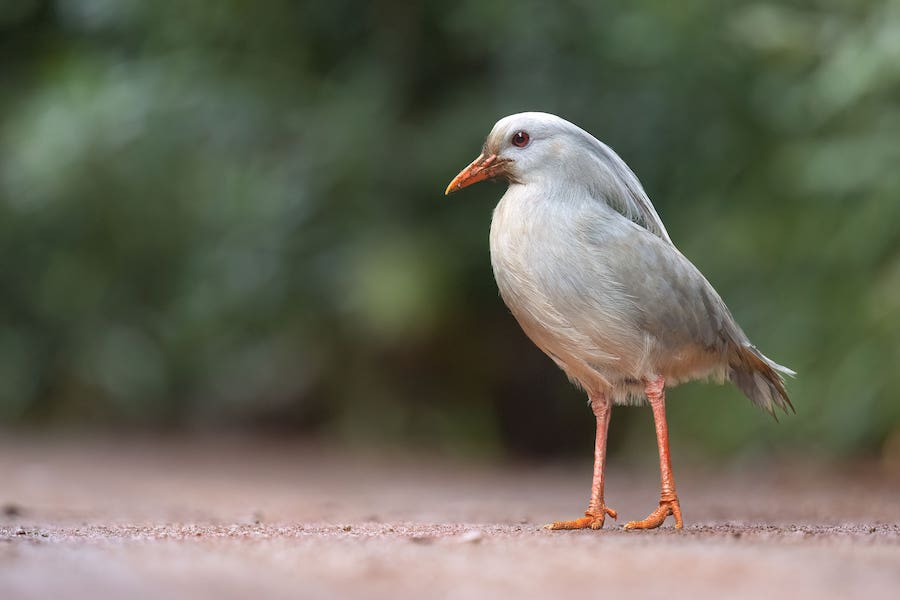

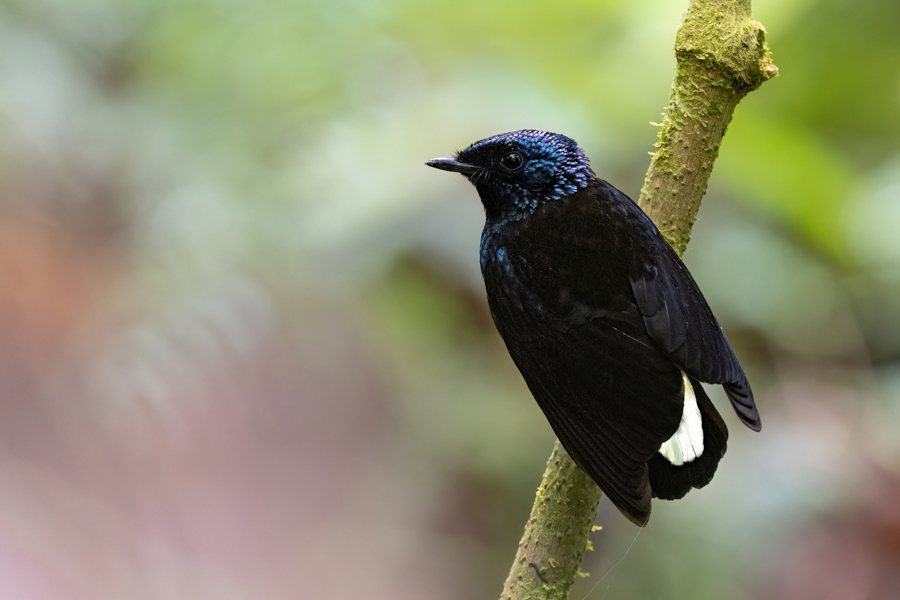

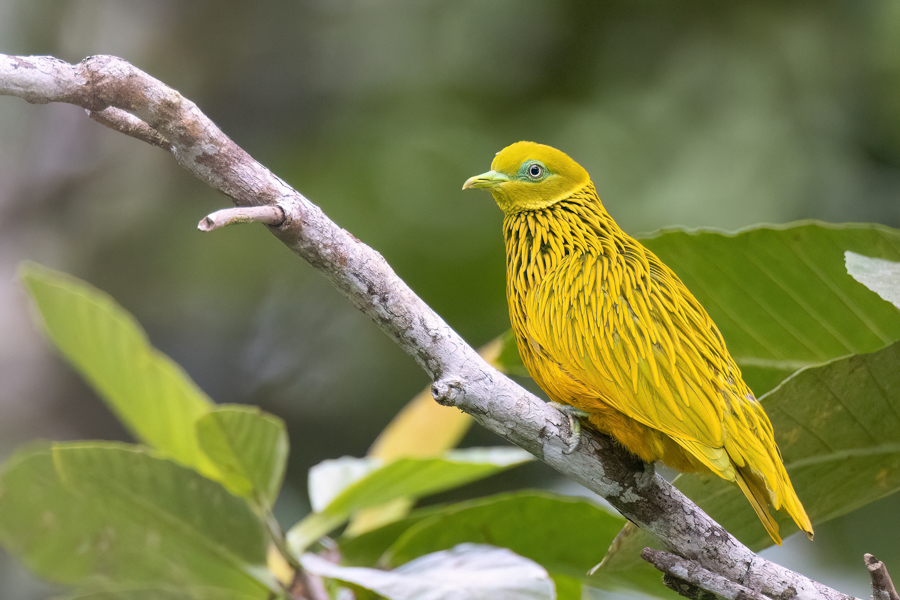

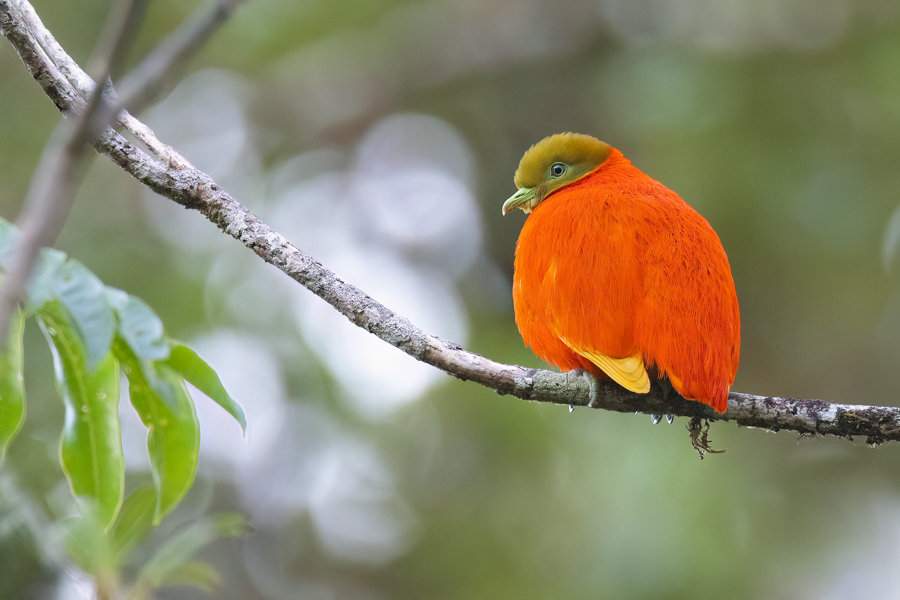

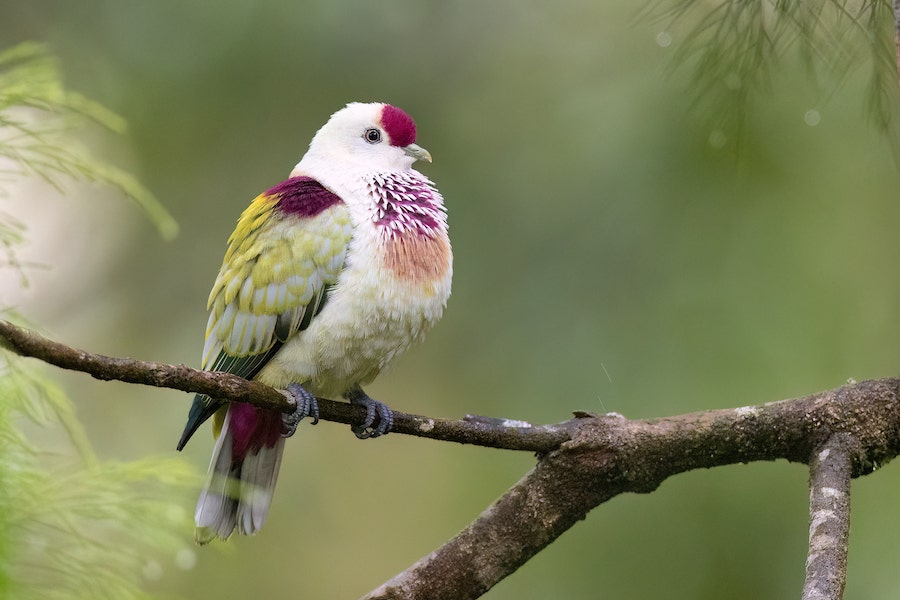



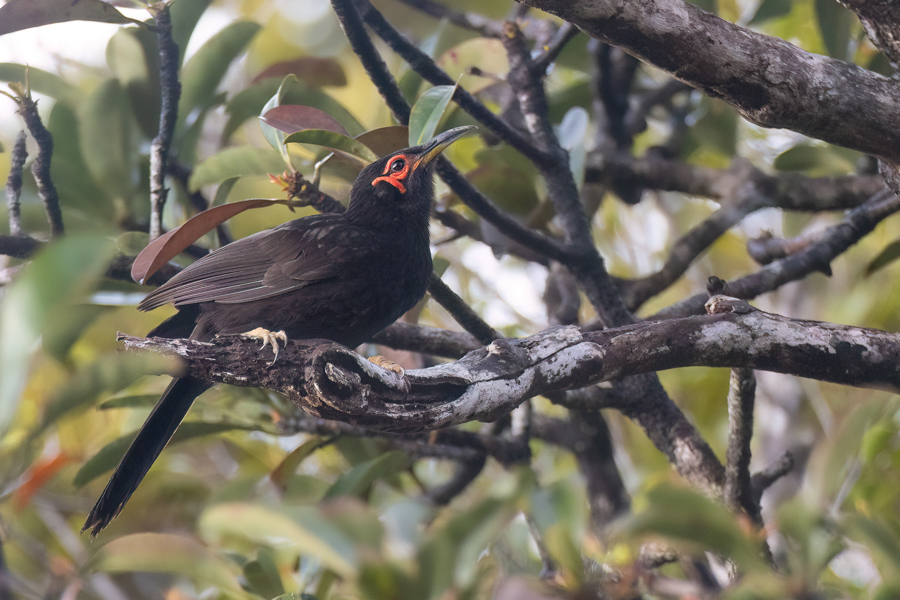

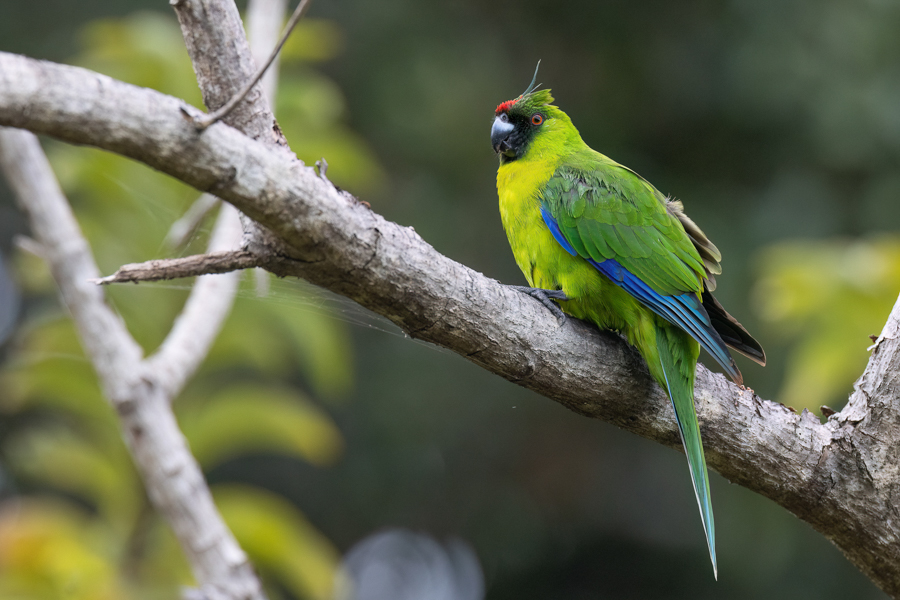

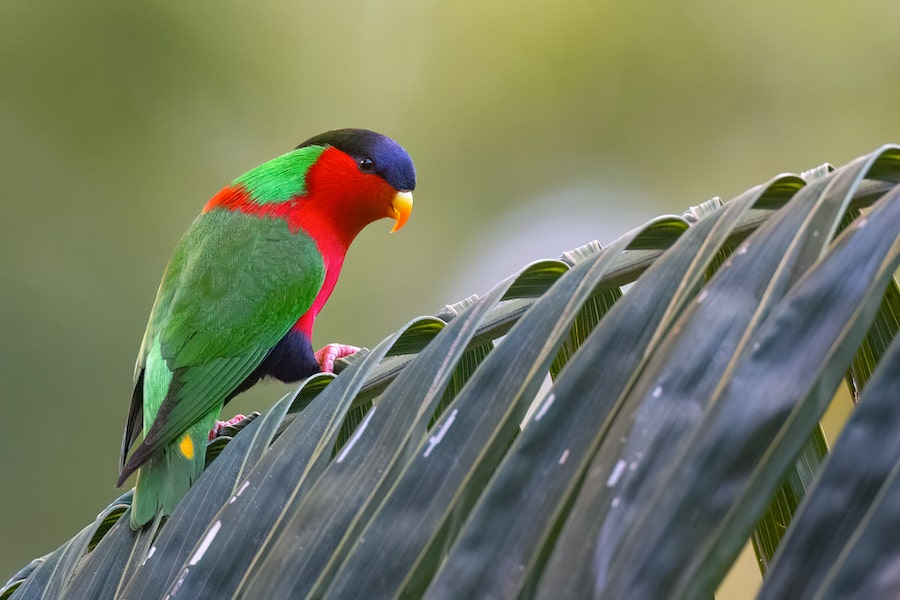

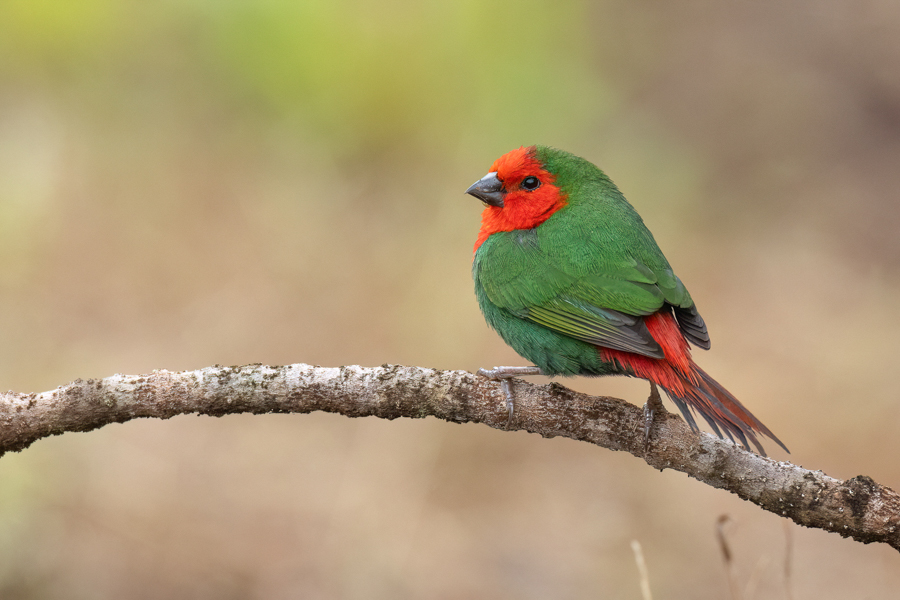

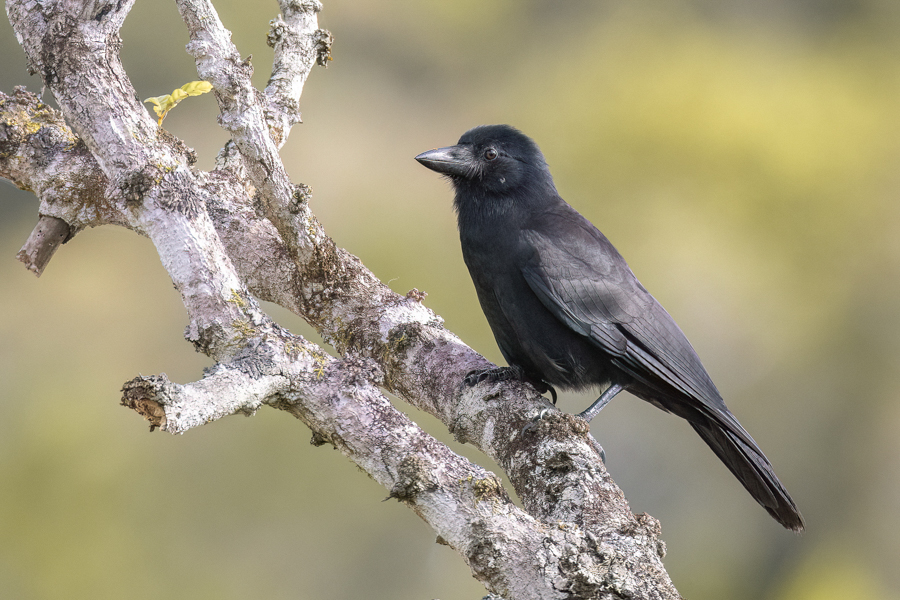










%20900x600.jpeg)
.jpg)

